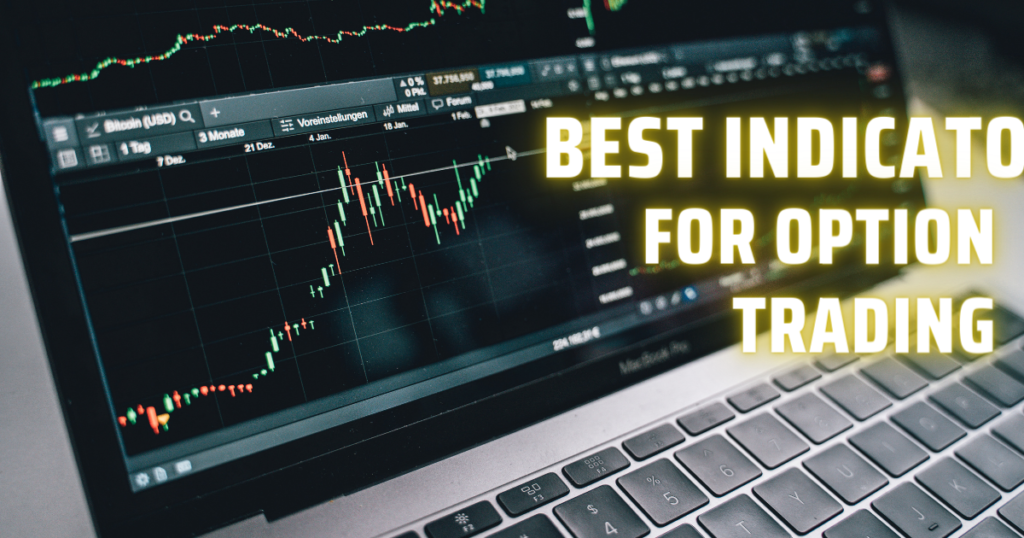Best Indicator for Option Trading:

The “best” indicator for option trading can vary depending on the trading strategy, the trader’s risk tolerance, and the specific market conditions. However, there is no universally agreed-upon best indicator, as different indicators serve different purposes. Here are a few commonly used indicators in options trading:
Options Trading:
Options are financial derivatives that give investors the right, but not the obligation, to buy or sell an underlying asset (such as stocks, ETFs, commodities, etc.) at a specified price within a certain timeframe. There are two types of options: call options allow you to buy the underlying asset, while put options allow you to sell it.
Relative Strength Index (RSI):
RSI measures the speed and change of price movements. It ranges from 0 to 100 and is typically used to identify overbought or oversold conditions in a market, suggesting potential reversal points
Moving Average Convergence Divergence (MACD)
: MACD is a trend-following momentum indicator that shows the relationship between two moving averages of a security’s price. Traders use it to identify potential buy or sell signals.
Indicators in Trading:
Indicators are tools used by traders to analyze market data and make informed trading decisions. They are mathematical calculations based on historical price and volume data. Traders use indicators to identify trends, momentum, volatility, and other trading patterns in financial markets.
Risk Management:
Regardless of the indicator used, managing risk is crucial in options trading. Traders often set stop-loss orders to limit potential losses.
Implied Volatility (IV):
Implied volatility represents the market’s expectations for future volatility. High IV suggests larger price fluctuations, which can create profitable trading opportunities in options.
Bollinger Bands:
Bollinger Bands consist of a middle band being a simple moving average and upper and lower bands being standard deviations of the price. They expand and contract based on market volatility, providing insights into potential price reversals or breakouts.
Conclusion
In conclusion, traders need to best understand the importance of all trading indicators and use them in conjunction with other technical analysis tools to develop comprehensive trading strategies. Traders should follow their Risk management while using these indicators.
Diversification:
Options traders often diversify their strategies, using a combination of indicators and tools to make well-informed decisions.

